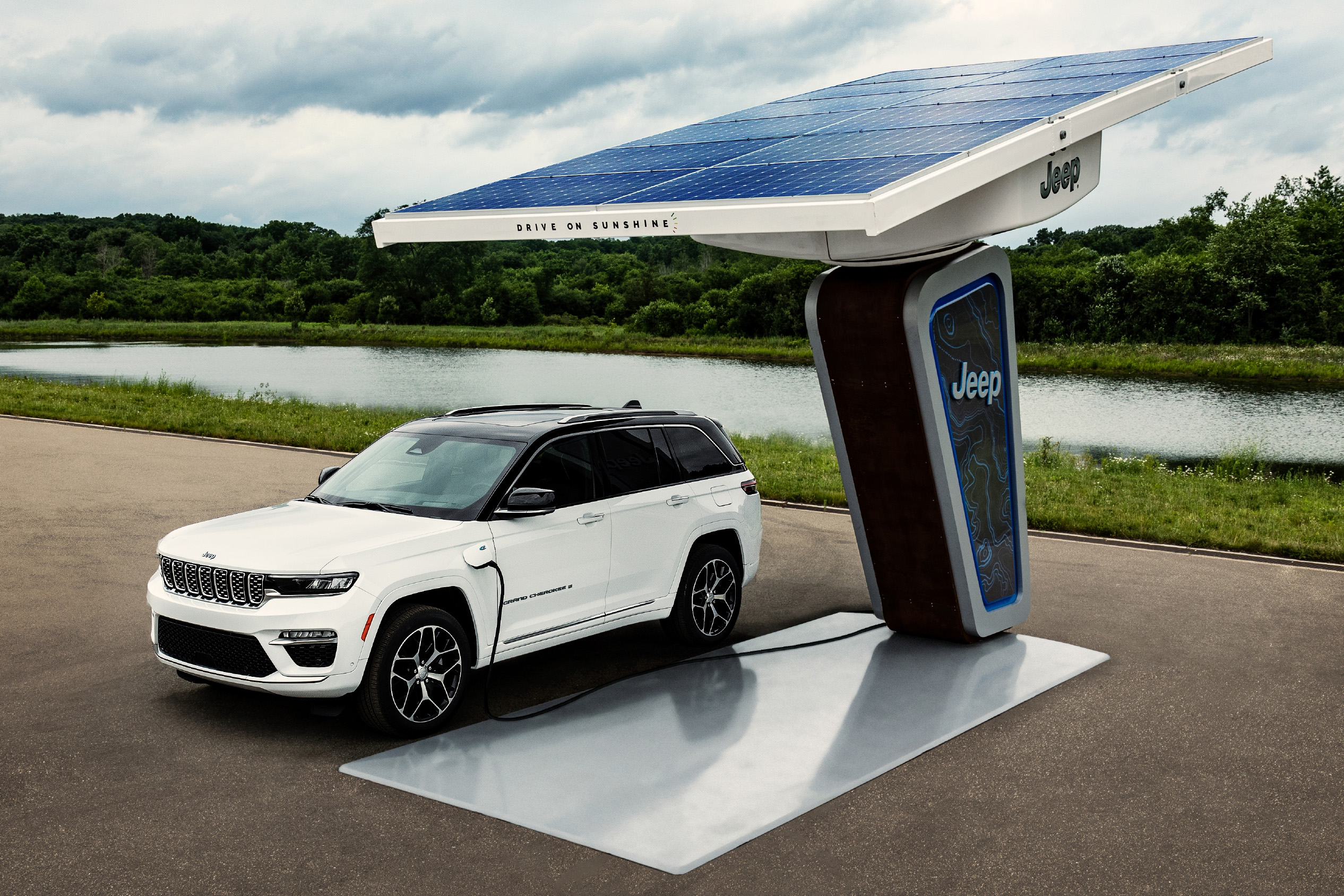
Stellantis, the company formed by the Fiat Chrysler-Groupe PSA merger earlier this year, will invest $33 billion over the next four years in an effort to boost their software-enabled products portfolio.
Stellantis announced that the company is targeting about $22 billion in annual revenues from software-enabled vehicles and other products by 2030.
By 2026, the company wants about $4.5 billion in annual revenues from software-enabled products.
To reach that goal, Stellantis will be making more than $33 billion in investments over the next four years to make technological advancements in software and electrification.
Those advancements are centered around the release of three new artificial intelligence-powered technology platforms that are due for release in 2024: STLA Brain, STLA SmartCockpit, and STLA AutoDrive.
"Our electrification and software strategies will support the shift to become a sustainable mobility tech company to lead the pack, leveraging the associated business growth with over-the-air features and services, and delivering the best experience to our customers," Stellantis CEO Carlos Tavares said in a press release.
"With the three all-new AI-powered technology platforms to arrive in 2024, deployed across the four STLA vehicle platforms, we will leverage the speed and agility associated with the de-coupling of hardware and software cycles."
STLA Brain is a service oriented, cloud-connected architecture that links a vehicle's electronic control units with its central high performing computer. This structure allows for over-the-air updates without waiting for hardware updates.
Through the Mobile Drive joint venture between Stellantis and Foxconn, STLA SmartCockpit integrates navigation, voice assistance, e-commerce marketplace and payment services into what the company calls a "customizable third living space."
Another part of its partnership with Foxconn is the development of four families of chips that intend to cover 80 percent of Stellantis' microcontroller needs, simplifying its supply chain.
STLA AutoDrive, developed in a partnership with BMW, will allow for Level 2, Level 2+ and Level 3 autonomous driving with continual over-the-air upgrades.
The Society for Automotive Engineers defines Level 2 autonomy as driver assist technology that provides hands-on steering and braking/acceleration support to the driver. Level 3 autonomy allows a vehicle to drive itself in limited conditions with software not allowing the technology to work unless all conditions are met.
Stellantis is emphasizing five pillars to expand its software and connected services business: services and subscriptions; features on demand; data as a service and fleet services; vehicle pricing and resale value; and conquests, service retention and cross-selling.
Currently, the conglomerate has 12 million monetizable connected cars across its 14 marques. It expects that number to balloon to 34 million by 2030, generating the $22 billion in projected revenue.
Utilizing the data gathered from those connected vehicles, the company will launch a usage-based insurance program in 2022 through its captive finance divisions in the U.S. and Europe.
To realize its software goals, Stellantis plans to create a data and software academy to retrain more than 1,000 internal engineers in multiple software-facing roles.
By 2024, the company plans to employ 4,500 software engineers at talent hubs around the world.
Through its software and electrification goals, Stellantis expects 40 percent of its U.S. vehicle sales and 70 percent of its European vehicle sales to be low emission vehicles by 2030.
Uncommon Knowledge
Newsweek is committed to challenging conventional wisdom and finding connections in the search for common ground.
Newsweek is committed to challenging conventional wisdom and finding connections in the search for common ground.





